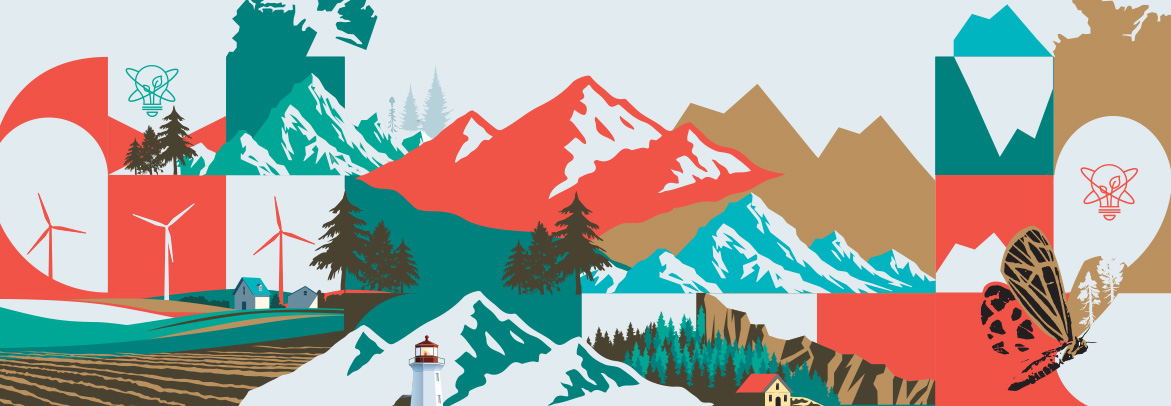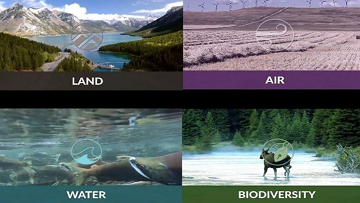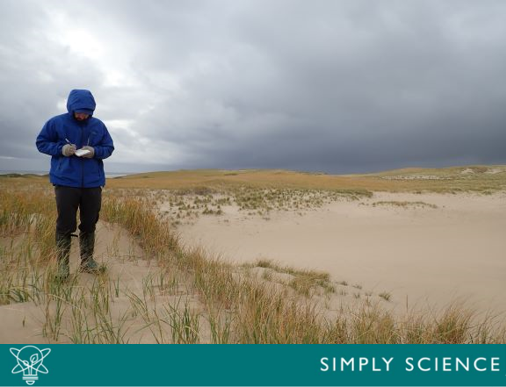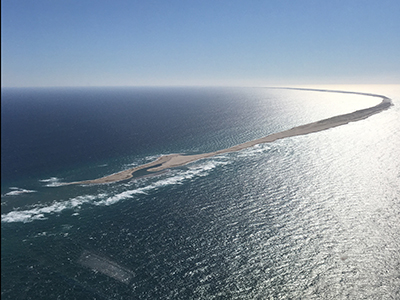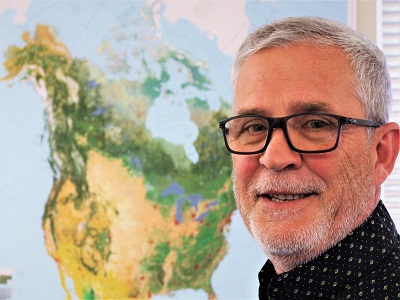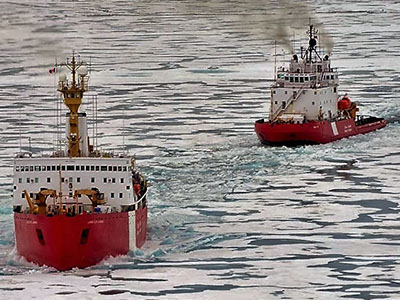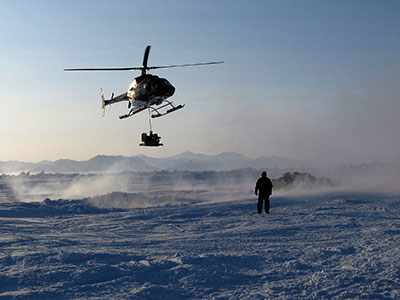Filter your results
Keywords:Video
Engaging with remote communities to map the local bedrock
December 5, 2025
Scientist Mary Sanborn-Barrie is engaging with local communities as her team maps the bedrock of the Kivalliq region.
Keywords:Article
Making a very real difference while working in artificial intelligence
December 5, 2025
Shiva Tirdad is a new geophysical researcher and artificial intelligence specialist at Natural Resources Canada.
Keywords:Article
Experts in groundwater, vegetation, forestry, wetlands and landscapes work together for a common goal
December 5, 2025
It grew from a study of oil and gas impacts on aquifers to become a multidisciplinary project involving 20 experts from
Keywords:Article
Sable Island: Canada’s original North Atlantic shapeshifter
December 5, 2025
Sable Island is a truly unique microenvironment that’s been shaped and reshaped by changing sea levels, ice sheets, ...
Keywords:Podcast
The Future of Sable Island
December 5, 2025
Southeast of mainland Nova Scotia sits "Sable Island", a small crescent shaped island home to magnificent wild horses
Keywords:Article
Machine Mapping Canada: training technology to complete the picture
December 5, 2025
As the second-largest country in the world, Canada has a lot of territory and different types of land cover to map, incl
Keywords:Article
The gift of reading for science buffs
December 5, 2025
The written word has long helped us understand science and the natural world around us. In fact, Natural Resources Canad
Keywords:Podcast
Incorporating Artificial Intelligence (Ask NRcan)
December 5, 2025
Like many organizations, the Government of Canada is exploring ways to incorporate artificial intelligence into our work
Keywords:Article
Extending our outer limits: Canada’s 2019 Arctic Ocean continental shelf submission to the United Nations
December 5, 2025
The Arctic Ocean is a vast, cold, isolated and utterly fascinating part of the northern hemisphere. Beneath its surface,
Keywords:Article
Extending our outer limits: Canada’s 2019 Arctic Ocean continental shelf submission to the United Nations (photo gallery)
December 5, 2025
Based on massive amounts of geoscientific data measuring the seafloor, an additional 1.2 million square kilometres could
